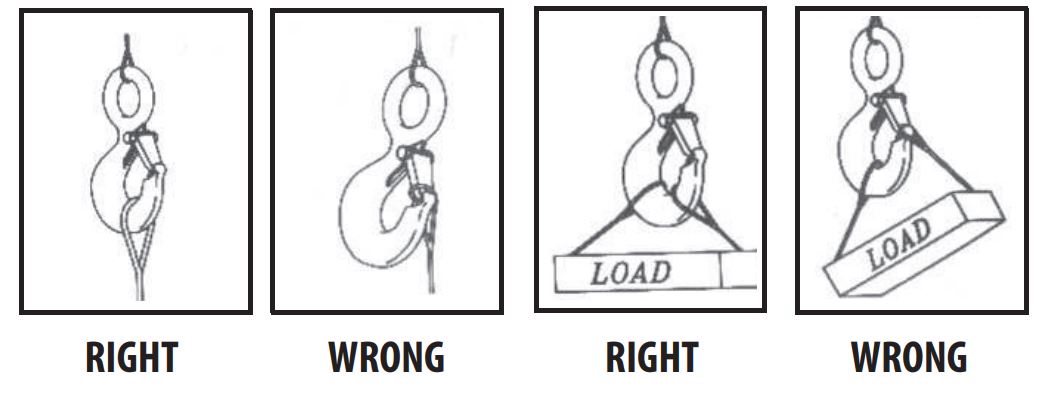

| Topic: Safety Latches Save Lives | |
| Date Issued: January 27, 2012 | Date Revised: |
The following table outlines the requirements for safety latches on hooks for various types of hoisting apparatus:
Type of Crane
| Mobile Cranes | Required |
| Tower Cranes | Required |
| Electric Overhead Travelling Cranes | Required when specified |
| Overhead Cranes | Not specified |
| Gantry Cranes | Not specified |
| Monorails | Not specified |
| Trolleys | Not specified |

It is important to follow proper procedures when using hooks as their misuse may lead to a load disengaging from the hook. A falling load may cause serious injury or death.